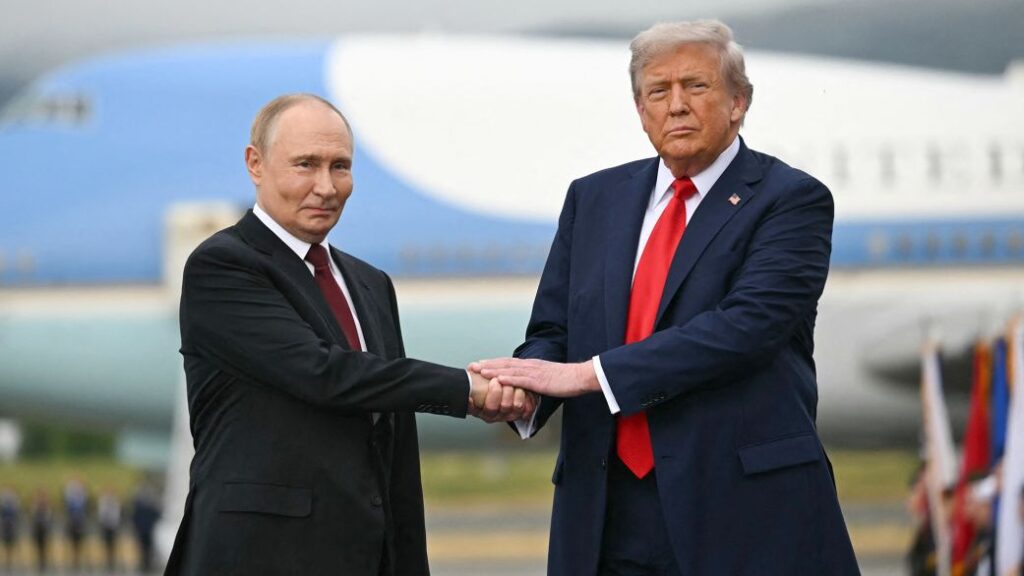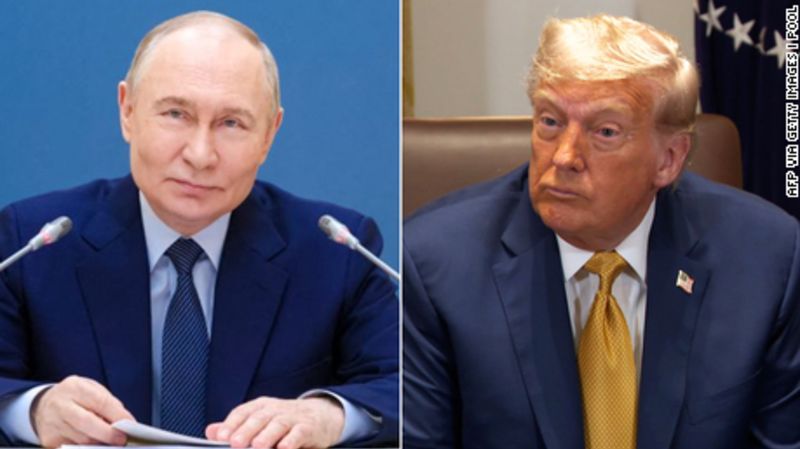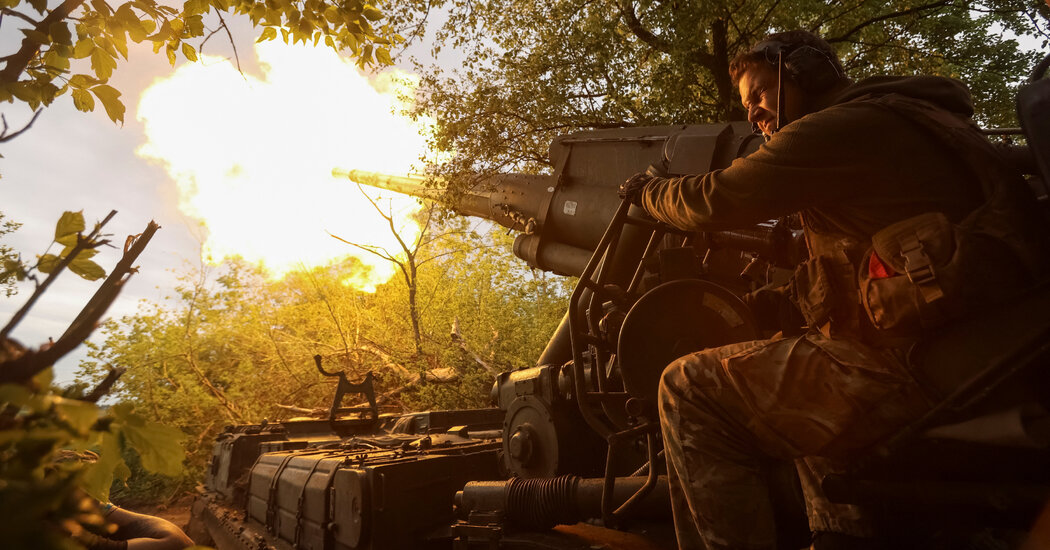For Ukraine, history is a battlefield. Months before Russian President Vladimir Putin launched his full-scale invasion, he published a brooding, 5,000-word article that made the case for dismantling the country; in his speech to mark the start of Russia’s offensive he reeled off a litany of historical grievances against the West; and months into the war, he cast himself as the successor to Russia’s modernizing tsar Peter the Great.
History lessons are now haunting Ukraine again. As US President Donald Trump pushes for a negotiated end to the war there, politicians and pundits are searching for the right analogies to explain the precarious moment Ukraine finds itself in – and to gauge the risks it faces in any diplomatic process.
Parallels are imprecise, but the current moment resonates with three key chapters in 20th century diplomatic history: Munich in 1938, Yalta in 1945 and Budapest in 1994.
The Munich Agreement – the deal that ceded the Sudetenland region of Czechoslovakia to Adolf Hitler’s Germany in a bid to avert war in Europe — is the granddaddy of historical analogies.
Over the years, it’s become convenient shorthand for appeasement: Giving away the Sudetenland emboldened Hitler and paved the way to a world war. Critics of Trump have likened the president’s willingness to meet Putin one-on-one in Alaska – and his suggestion that Ukraine may have to accept the loss of territory – to British Prime Minister Neville Chamberlain’s mistake of taking Hitler at his word.
Continue reading the complete article on the original source



